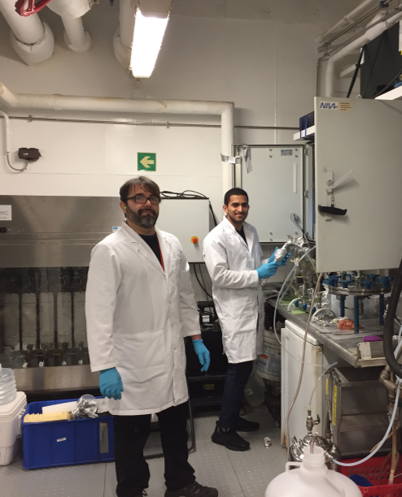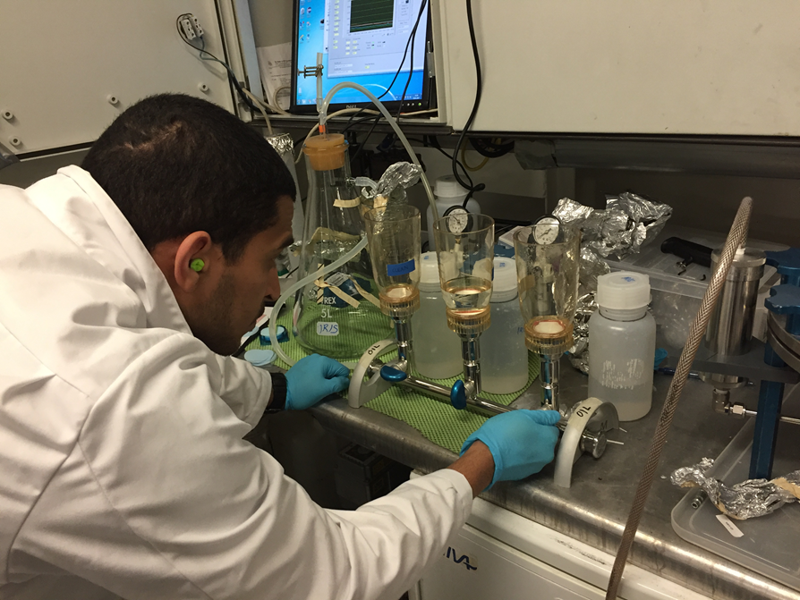The ubiquitous presence of artificial sweeteners in North European and Arctic coastal waters was discovered in the framework of the JRAP3 activities led by NIVA (Norway) thanks to the JERICO-NEXT project. JRAP3 deals with the assessment of distribution of man-made chemical pollutant in European coastal water and the biological responses they can induce. Through the FerryBox platforms included in the JERICO-RI infrastructure we have conducted an extensive monitoring campaign covering over 3000 miles of coast line in the North Sea, Norwegian Seas and the Barents sea. Artificial sweeteners are synthetic substances that add sweetness to food, drinks or even pharmaceuticals. By combining the unique sampling facilities and logistic offered by JERICO-RI with the power of state of the art mass spectrometers, we could identify some of these substances as possibly the most abundant micropollutant of emerging concern so far identified in marine waters.


